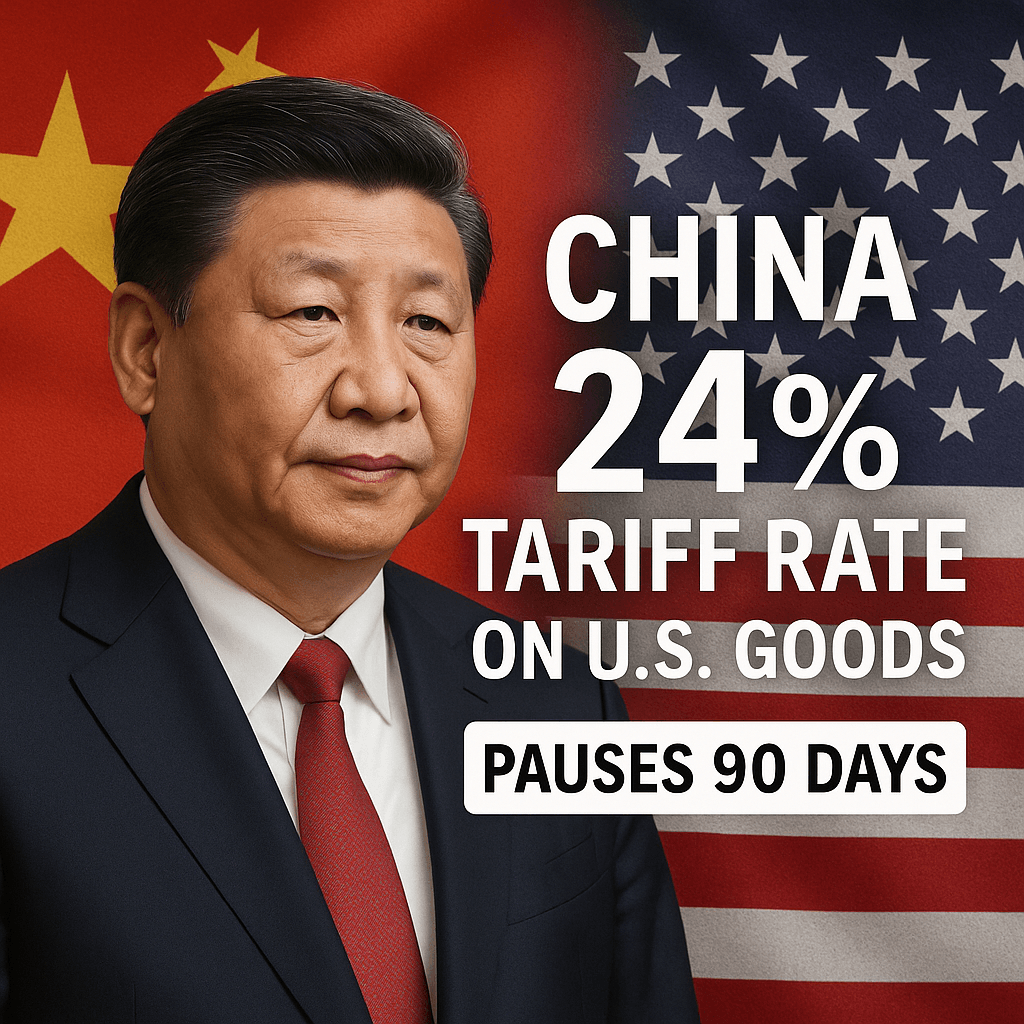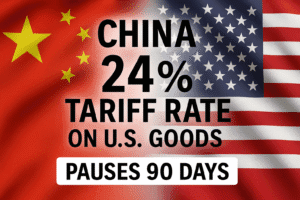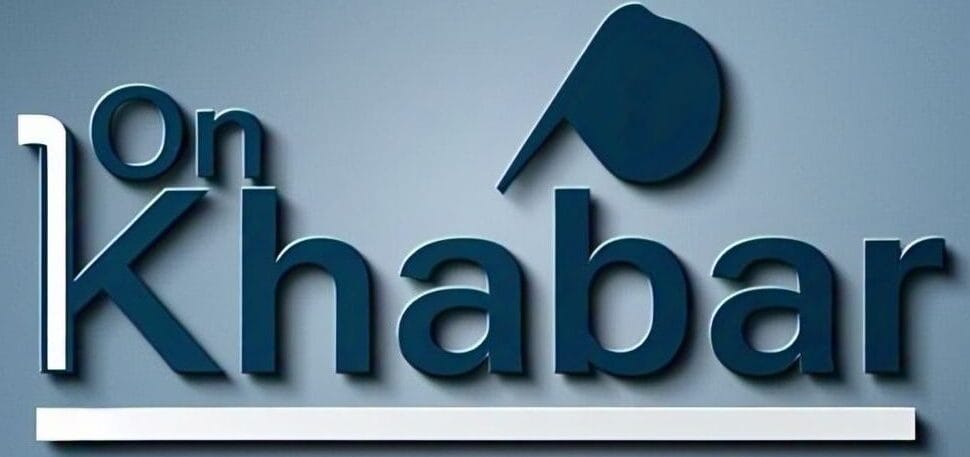
The recent temporary truce in the US-China trade war has sent global markets soaring, with both nations agreeing to slash punitive tariffs. The US will reduce tariffs on Chinese goods from 145% to 30%, while China cuts its retaliatory duties from 125% to 10% for 90 days. While this breather eases immediate tensions, the deal’s ripple effects extend far beyond these two economies. For India—a key player in global trade—the agreement presents both opportunities and challenges. Let’s break down what this means for Indian businesses, investors, and policymakers.
Potential Advantages for India
1. Cheaper Imports and Input Costs
Lower Chinese tariffs on US goods could indirectly benefit Indian manufacturers. For instance, if China imports more affordable US electronics or machinery, Indian firms sourcing these products from China might see reduced costs. Similarly, US agricultural exports (like soybeans) becoming cheaper could ease input prices for India’s food processing industry.
2. Short-Term Export Opportunities
During the trade war, India capitalized on gaps in global markets. For example, China’s soybean imports from India surged after targeting US farmers. While the truce may revive US-China agricultural trade, India could still exploit niche markets where tariffs persist or where it offers competitive pricing (e.g., pharmaceuticals, textiles).
3. Improved Global Sentiment
A calmer trade environment boosts investor confidence in emerging markets. India’s stock markets, particularly export-driven sectors, may attract fresh investments as risk appetite grows. The Nifty 50 and Sensex could mirror gains seen in Hong Kong’s Hang Seng (+3%) and European indices.
4. Shipping and Logistics Growth
Increased US-China trade volumes might benefit India’s shipping and logistics sectors. Ports like Mundra and JNPT could see higher activity as global freight demand rises, mirroring Maersk’s optimism about “long-term predictability.”
Potential Disadvantages for India
1. Reduced Appeal as an Alternative Supplier
The trade war pushed companies to diversify supply chains away from China, with India emerging as a manufacturing alternative. A US-China détente might slow this shift. Initiatives like Make in India and Production-Linked Incentive (PLI) schemes could face headwinds if firms revert to Chinese suppliers.
2. Competition in Third-Country Markets
With US and Chinese goods becoming cheaper, Indian exports to regions like Africa, Europe, and Southeast Asia may face stiffer competition. For instance, Indian textile exporters could lose market share to Chinese rivals if Beijing redirects focus to global markets amid lower US tariffs.
3. Currency Volatility
A stronger rupee, driven by renewed global trade optimism, might make Indian exports pricier. The RBI may need to intervene to stabilize the currency, impacting foreign reserves.
4. Agricultural Trade Pressures
China is India’s largest buyer of agricultural goods like rice and sugar. If Beijing prioritizes US farmers under the truce, Indian exports could shrink, hurting rural incomes.
Sector-Wise Impact Analysis

Pharmaceuticals: India supplies 20% of global generics. Cheaper US medicines in China might squeeze margins, but India’s cost efficiency could retain demand.
Electronics: Cheaper Chinese components (e.g., semiconductors) could lower production costs for Indian manufacturers.
Textiles: Potential double-edged sword—US imports of Indian apparel may rise if China diverts focus, but competition in third markets could intensify.
Long-Term Implications for India
The 90-day pause is a temporary fix, not a solution. India must strategize to leverage this window:
Negotiate bilateral deals: Fast-track trade pacts with the EU and UK to diversify export markets.
Boost domestic manufacturing: Strengthen PLI schemes to compete with China in electronics and chemicals.
Monitor currency trends: Mitigate INR volatility to protect export competitiveness.
Conclusion
The US-China tariff truce offers India a mixed bag of opportunities and risks. While cheaper imports and improved investor sentiment provide short-term relief, long-term challenges like supply chain shifts and export competition loom. For India to thrive in this fluid landscape, proactive policymaking, sector-specific support, and agile trade diplomacy are essential. As the world watches the 90-day timeline, India must position itself not just as a bystander, but as a strategic player ready to adapt and innovate.









